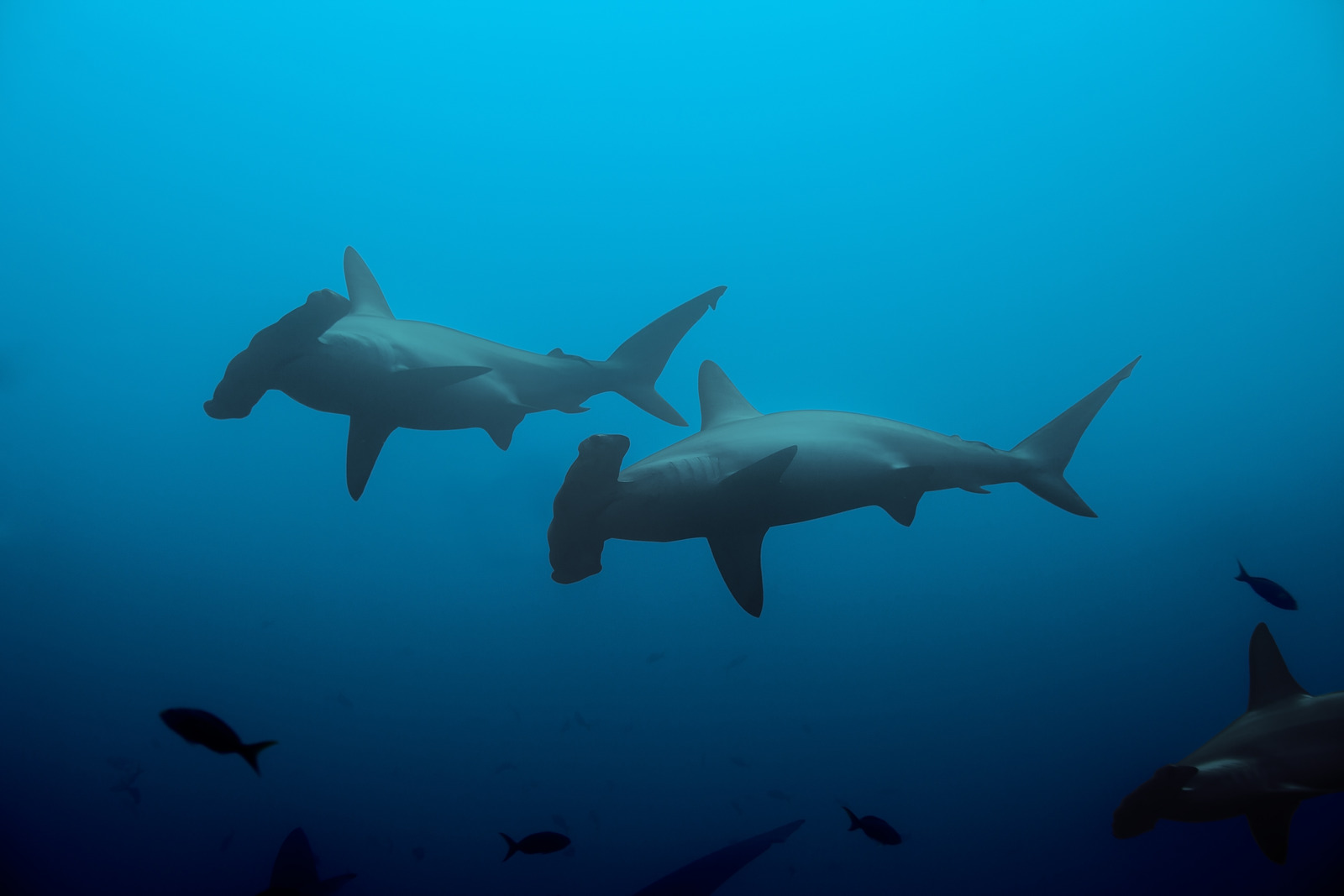
Darwin's Galapagos Island Species, Protected Yet Still At Risk | Travel News
Industrial fishing vessels linger ominously along the borders of Ecuador's Galapagos Marine Reserve, where vibrant schools of fish and hammerhead sharks thrive in the protected waters of the Pacific. This reserve serves as a sanctuary for the diverse array of marine life and plants inhabiting the Galapagos Islands, where Charles Darwin drew inspiration for his theory of natural selection.
However, beyond the reserve's invisible boundaries, the high seas offer no such protection. Many species, including sharks, turtles, sea lions, iguanas, and fish, venture into these unguarded waters. "These animals don’t recognize political boundaries," explained Stuart Banks, a senior marine scientist at the Charles Darwin Foundation, speaking aboard Greenpeace’s Arctic Sunrise research vessel. "They move between territories, and that’s when they face the greatest threats, especially from industrial fishing and bycatch."
Greenpeace advocates for expanding protection by establishing the first-ever marine protected area in the high seas adjacent to the Galapagos Marine Reserve. Achieving this requires at least 60 countries to ratify the High Seas Treaty, adopted by the United Nations last June. So far, only two nations have done so.
A Conservation Puzzle
In a recent scientific mission aboard the Arctic Sunrise, AFP investigated the threats to the Galapagos Marine Reserve. Greenpeace calls it "arguably the best ocean conservation project in existence." Spanning nearly 200,000 square kilometers (77,000 square miles), it is one of the world’s largest and most biodiverse reserves, home to over 3,000 species, many found nowhere else.
Biologist Paola Sangolqui collected water samples to analyze DNA traces left by marine species in the area. Meanwhile, Daniel Armijos conducted underwater video monitoring to assess fish populations. "It’s like piecing together a giant puzzle," Banks said. "To identify the most critical regions for conservation and the migration corridors species use, genetic studies are crucial for understanding population connectivity."
Haven for Hammerheads
Scientists on the Arctic Sunrise also deployed a robotic explorer to study coral reefs, vital feeding and breeding grounds for numerous marine species. Expedition leader Sophie Cooke marveled at the incredible abundance of life in the reserve, calling it "staggering."
Eduardo Espinoza, who monitors the reserve daily, highlighted its importance as a safe haven for hammerhead sharks, whose fins are highly sought after in some Asian markets. "Hammerhead sharks are always abundant in the Galapagos," Espinoza noted while tagging a young shark. "Here, they have a refuge to reproduce before migrating across the Pacific."

The Value of Freedom
Cooke emphasized the Galapagos’ role as a critical migratory waypoint for many species, underscoring the need to connect marine protected areas to safeguard migration routes.
Designated as a UNESCO Natural World Heritage site, the Galapagos also draws tens of thousands of visitors annually. American diver Ryan Doyle, 24, was struck by the region’s biodiversity. "Compared to Florida, where I also dive, there’s so much life here. You can actually see conservation in action," he said.
Local diving instructor Anthony Gavilanes, 30, noted the economic shift from fishing to tourism, stating, "For us, species swimming freely in the ocean are far more valuable than being served on a plate."

